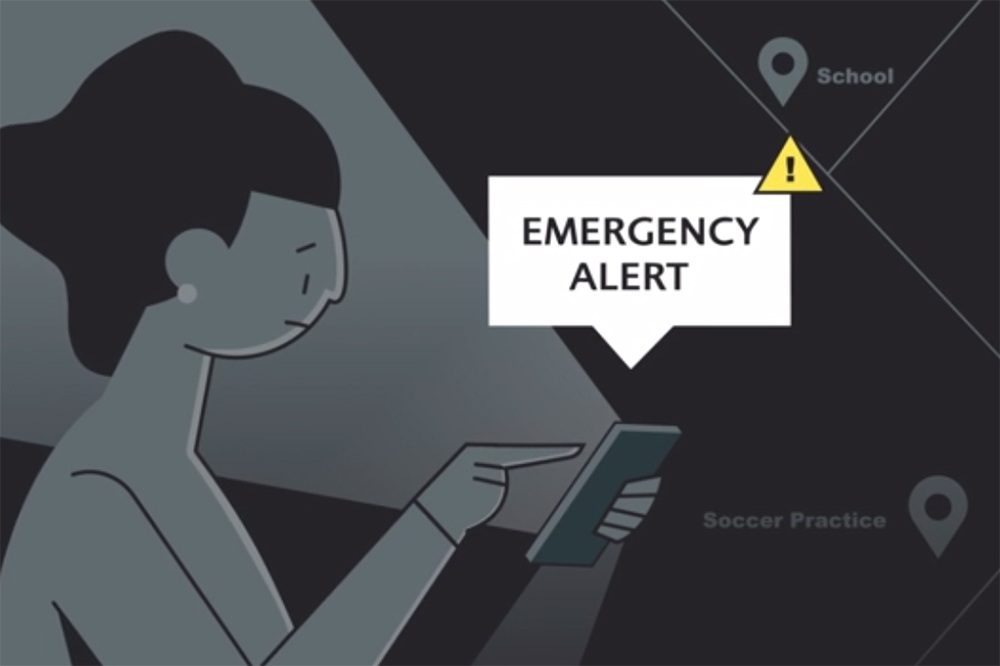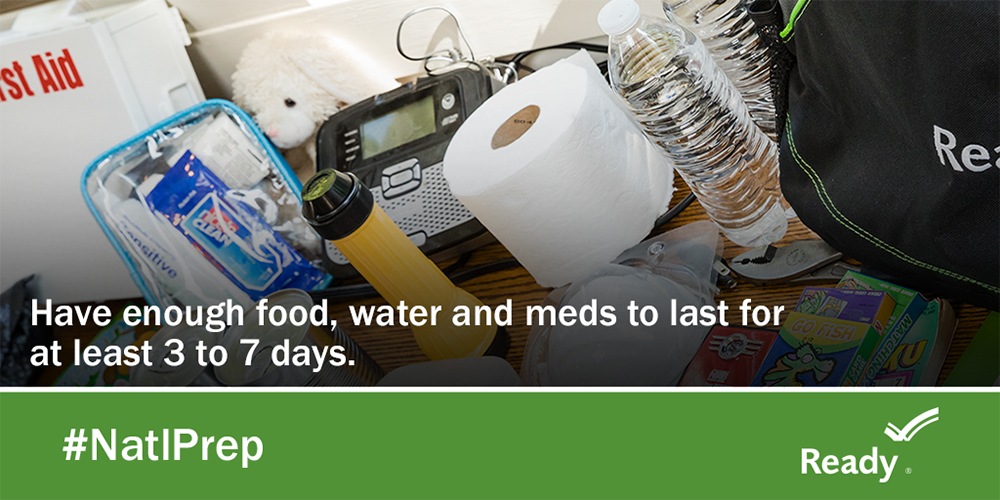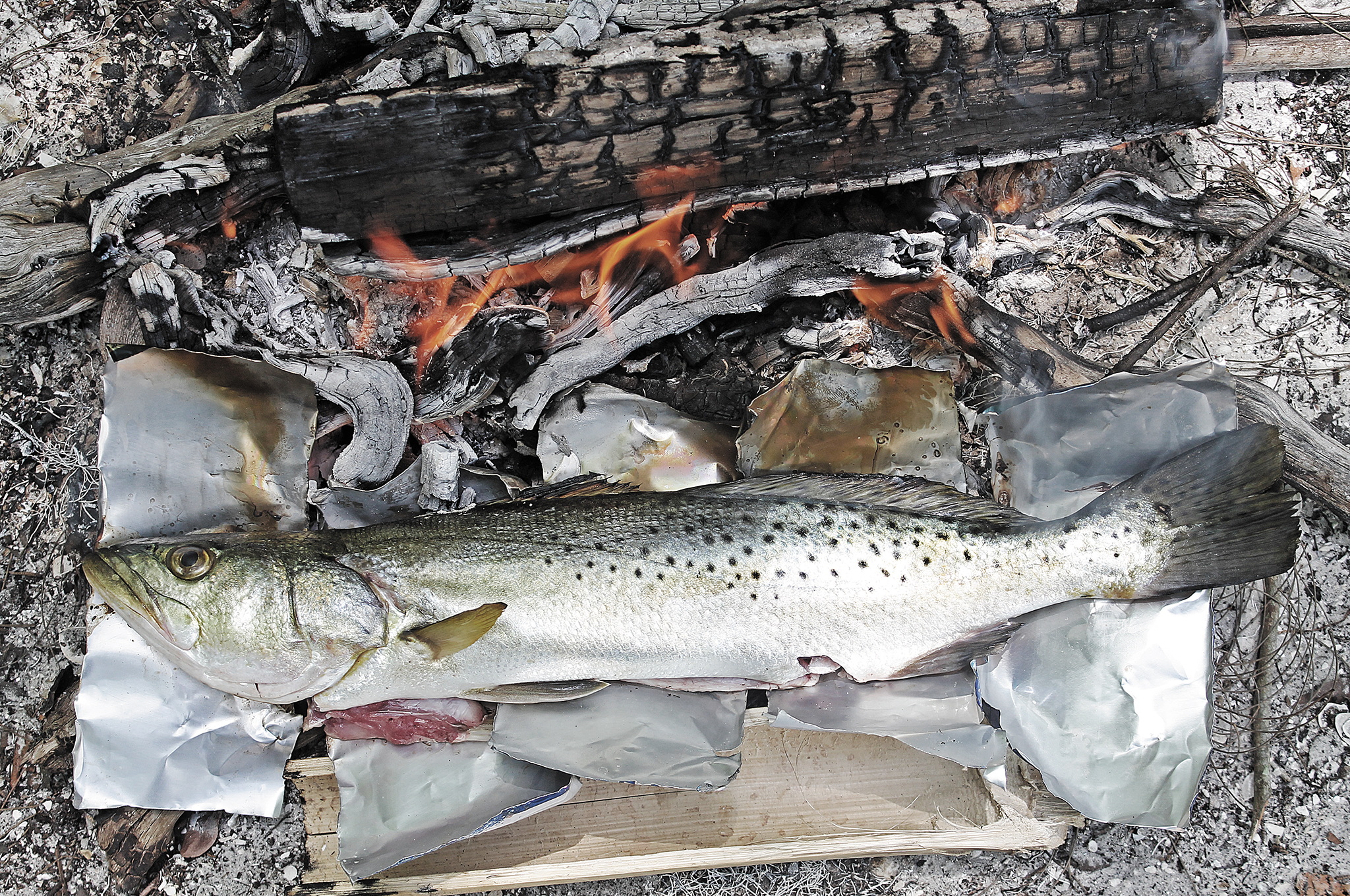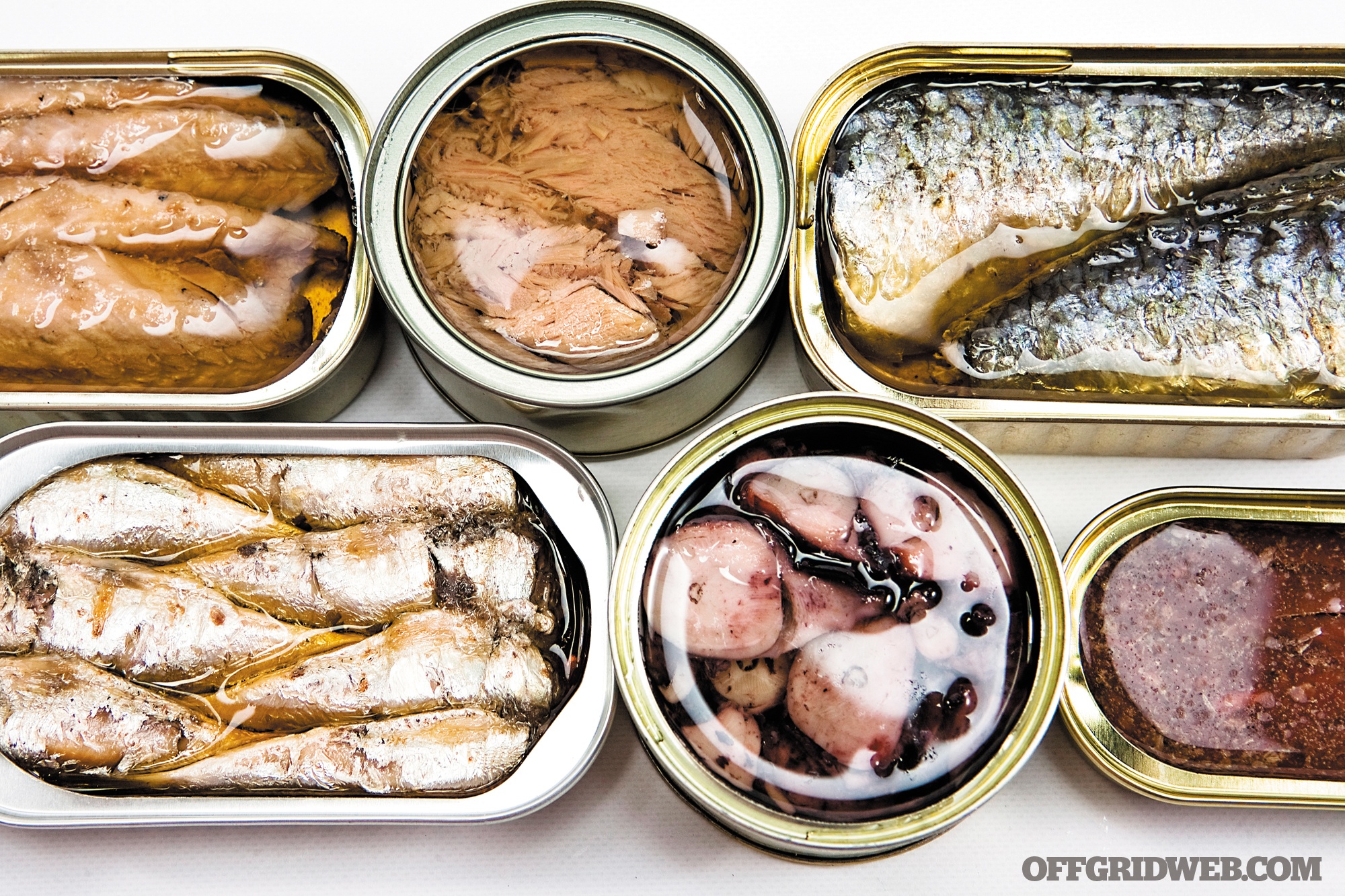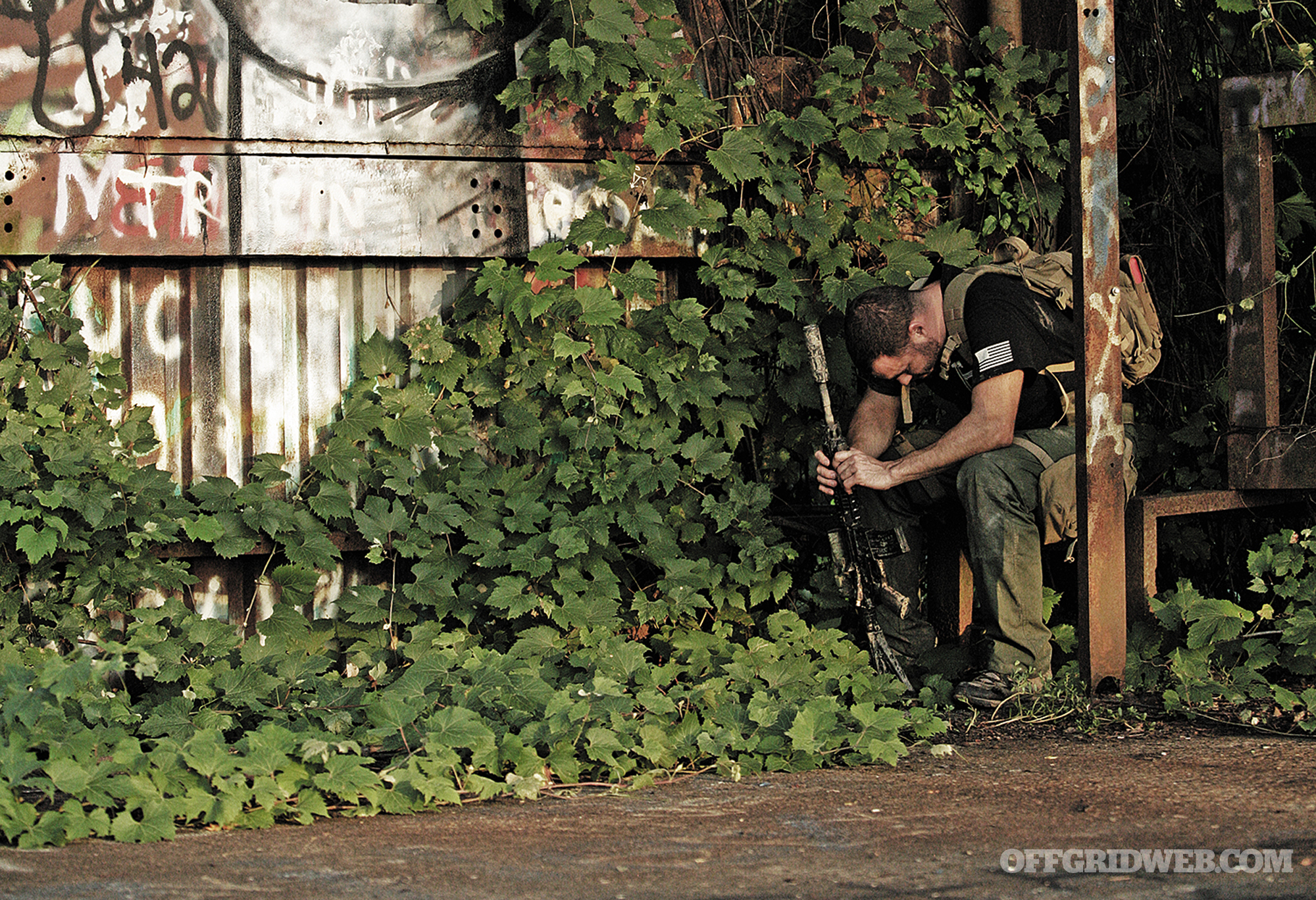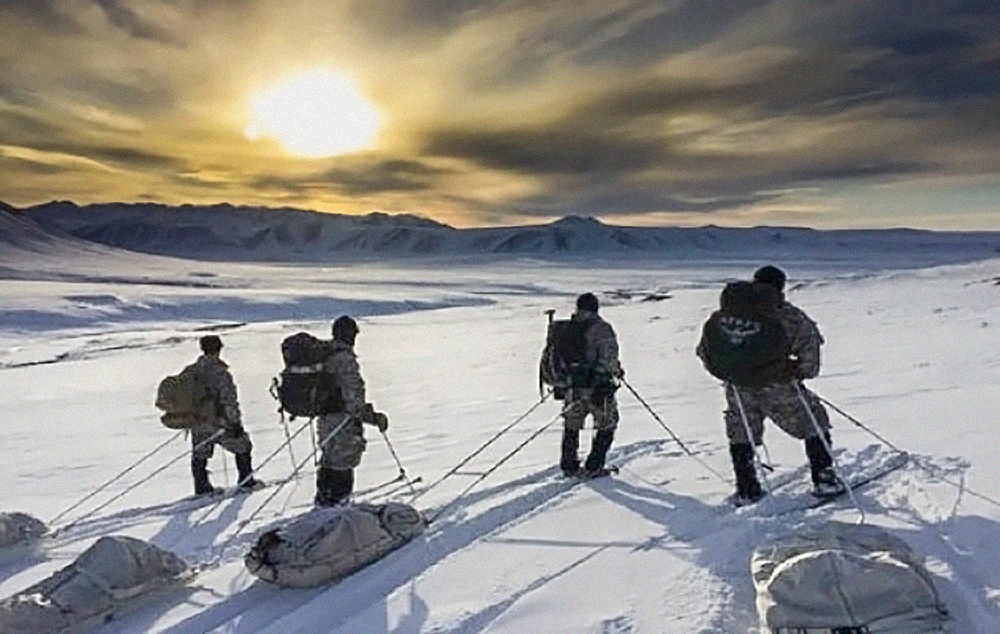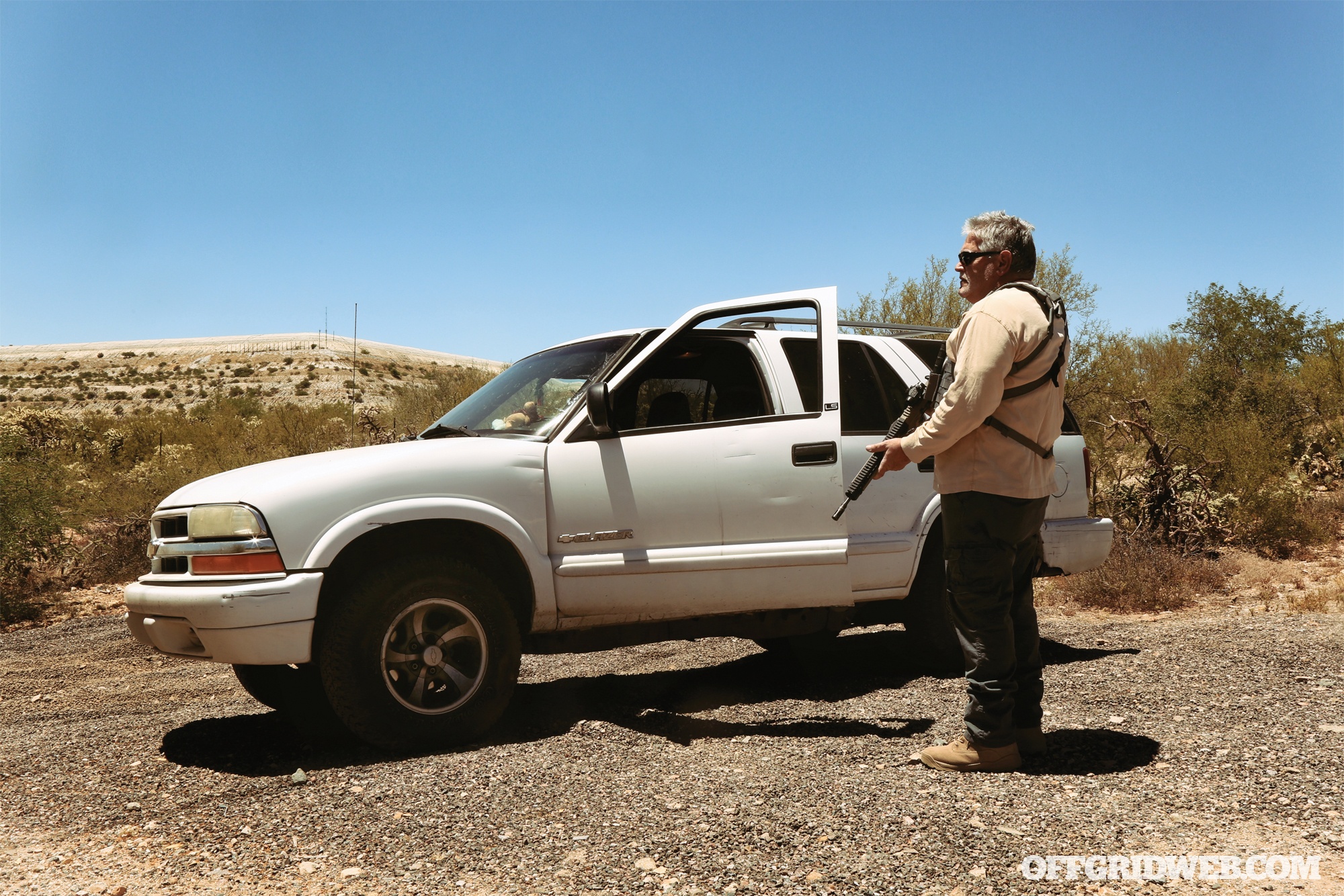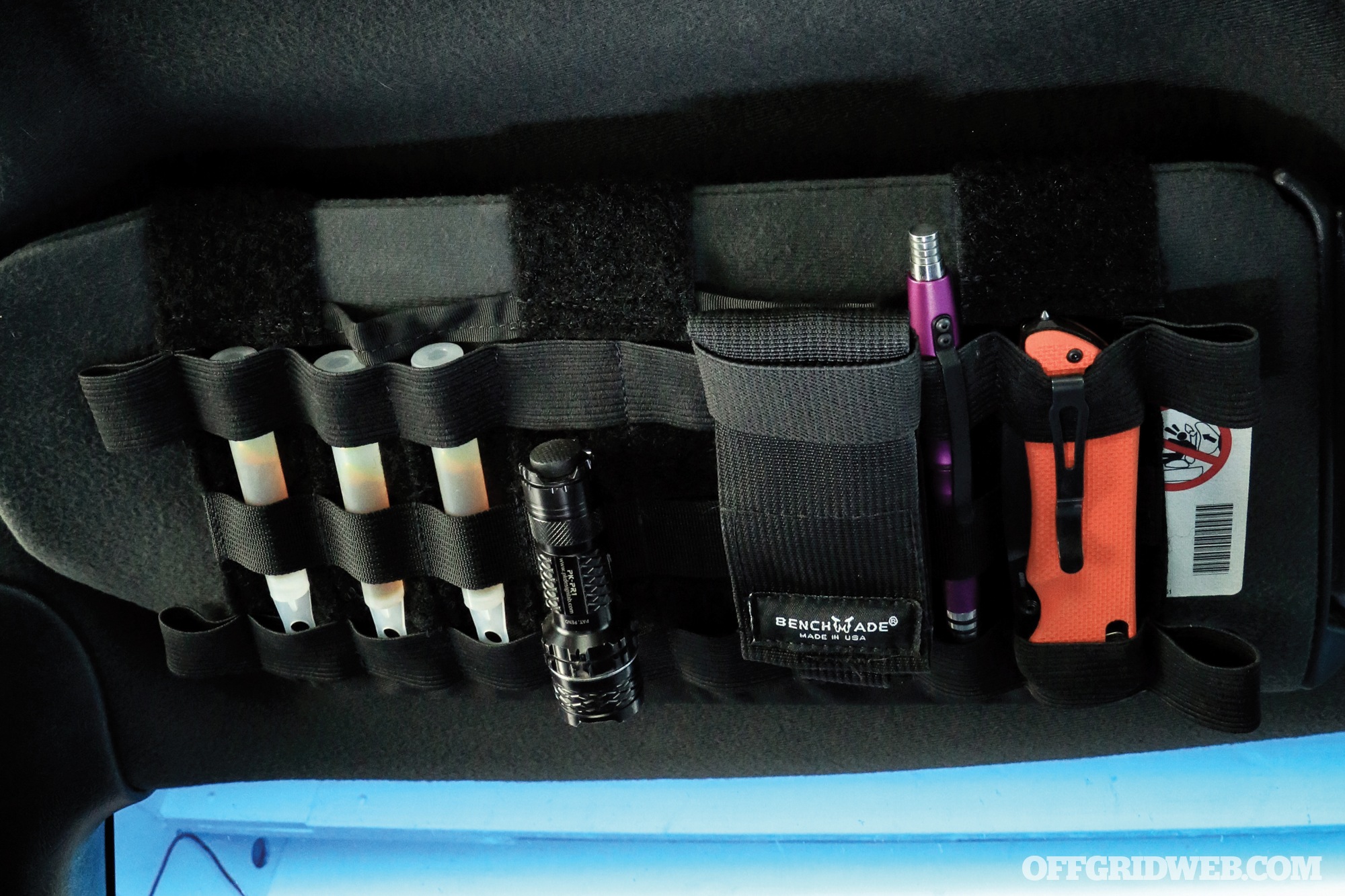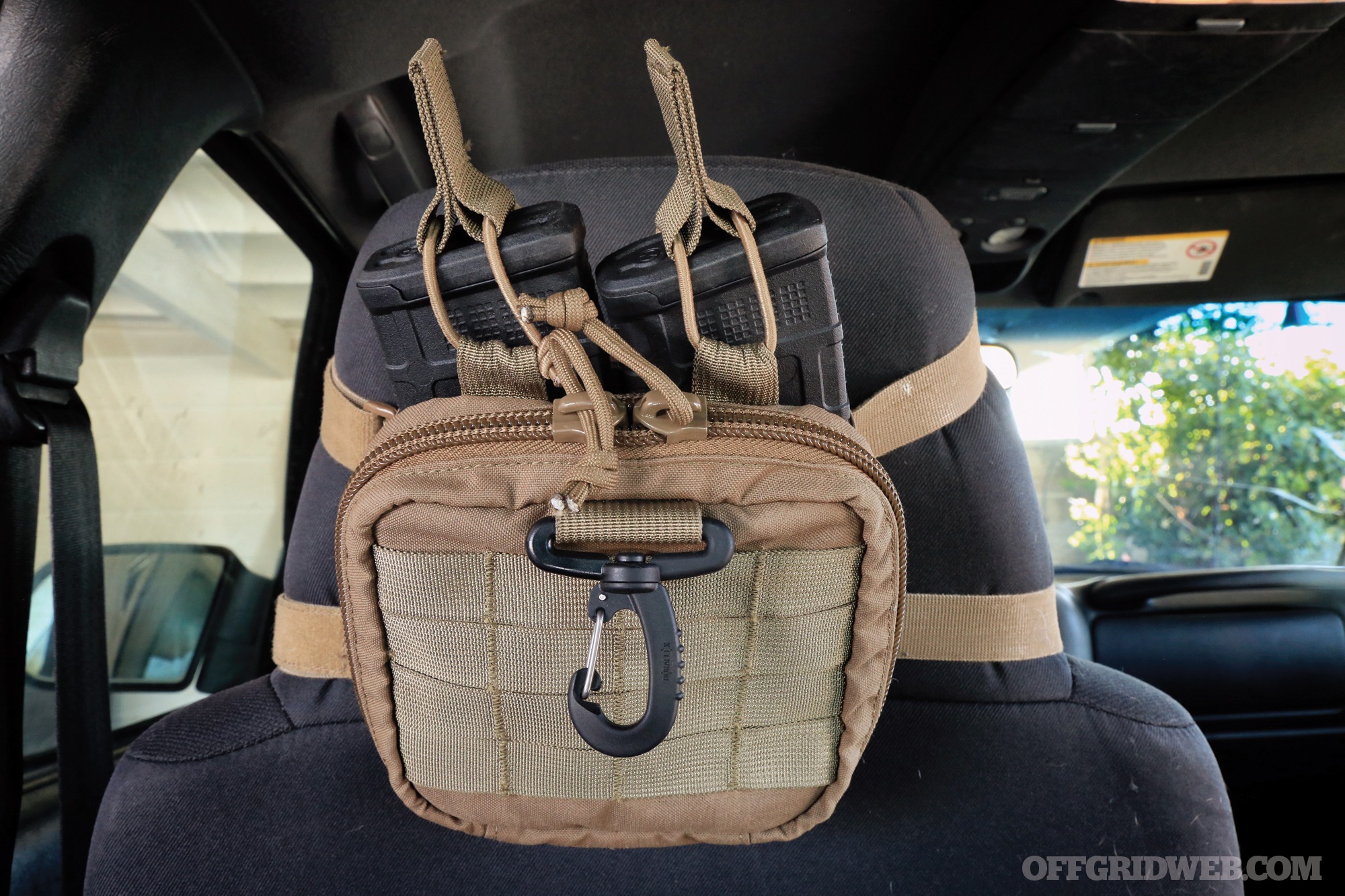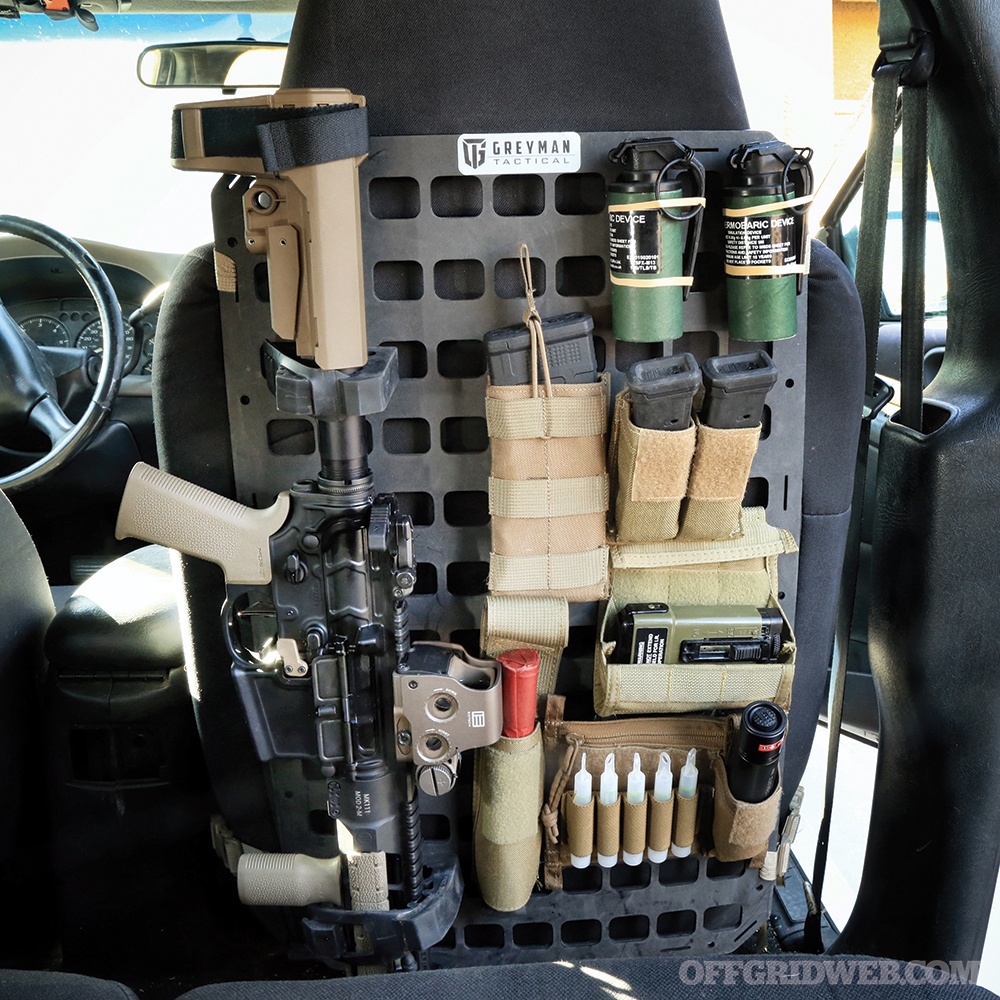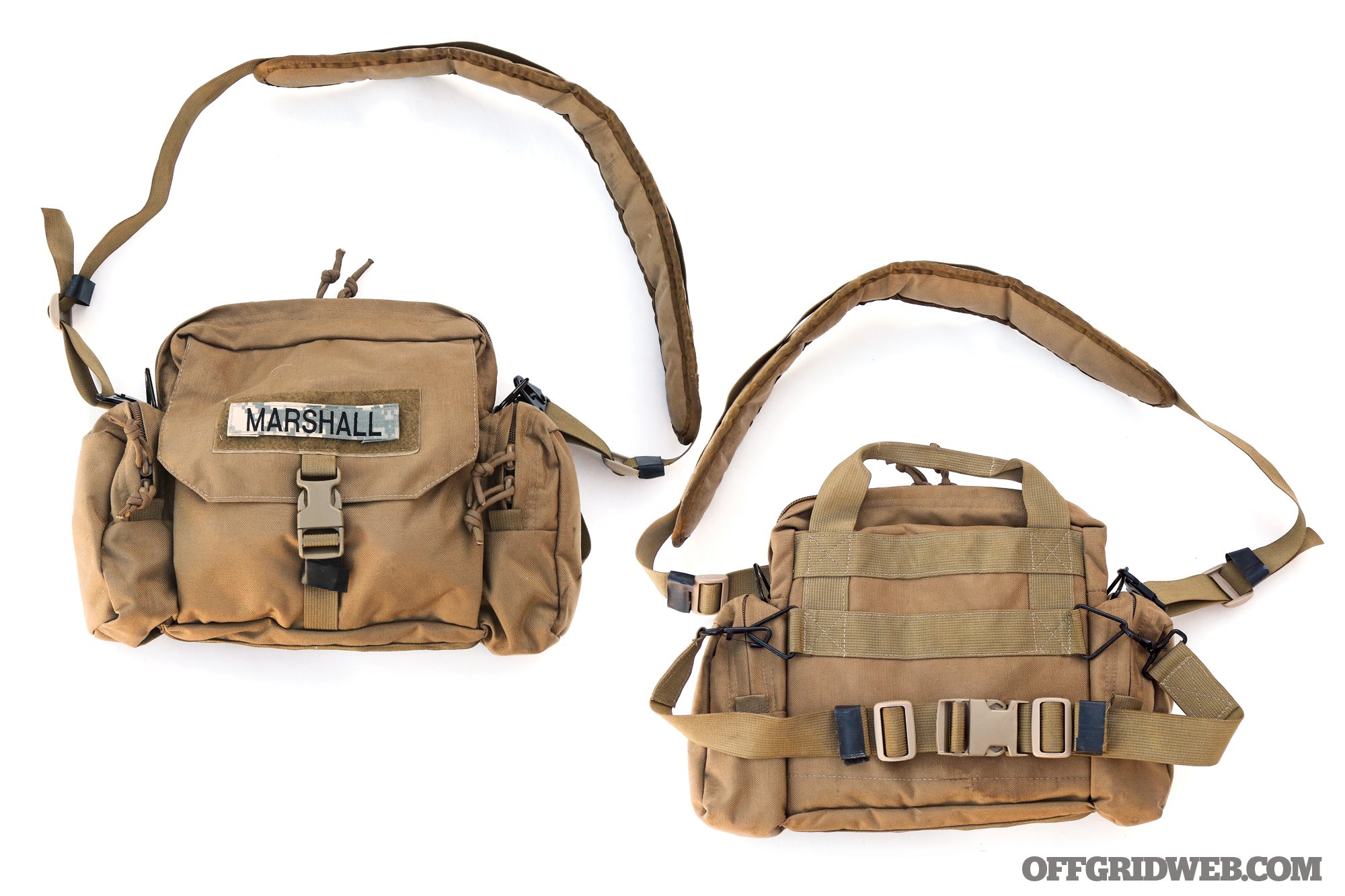Humanity’s relationship with water is full of cruel irony. Roughly 71 percent of Earth’s surface is covered with water, yet water scarcity affects four out of every 10 people, according to the World Health Organization (WHO). Too much of it at once, and we drown; not enough, and we die of dehydration. And even when we do have the right amount of water, microscopic pathogens contained within it can cause life-threatening illnesses. The WHO estimates that waterborne diarrheal diseases cause 2-million deaths each year.
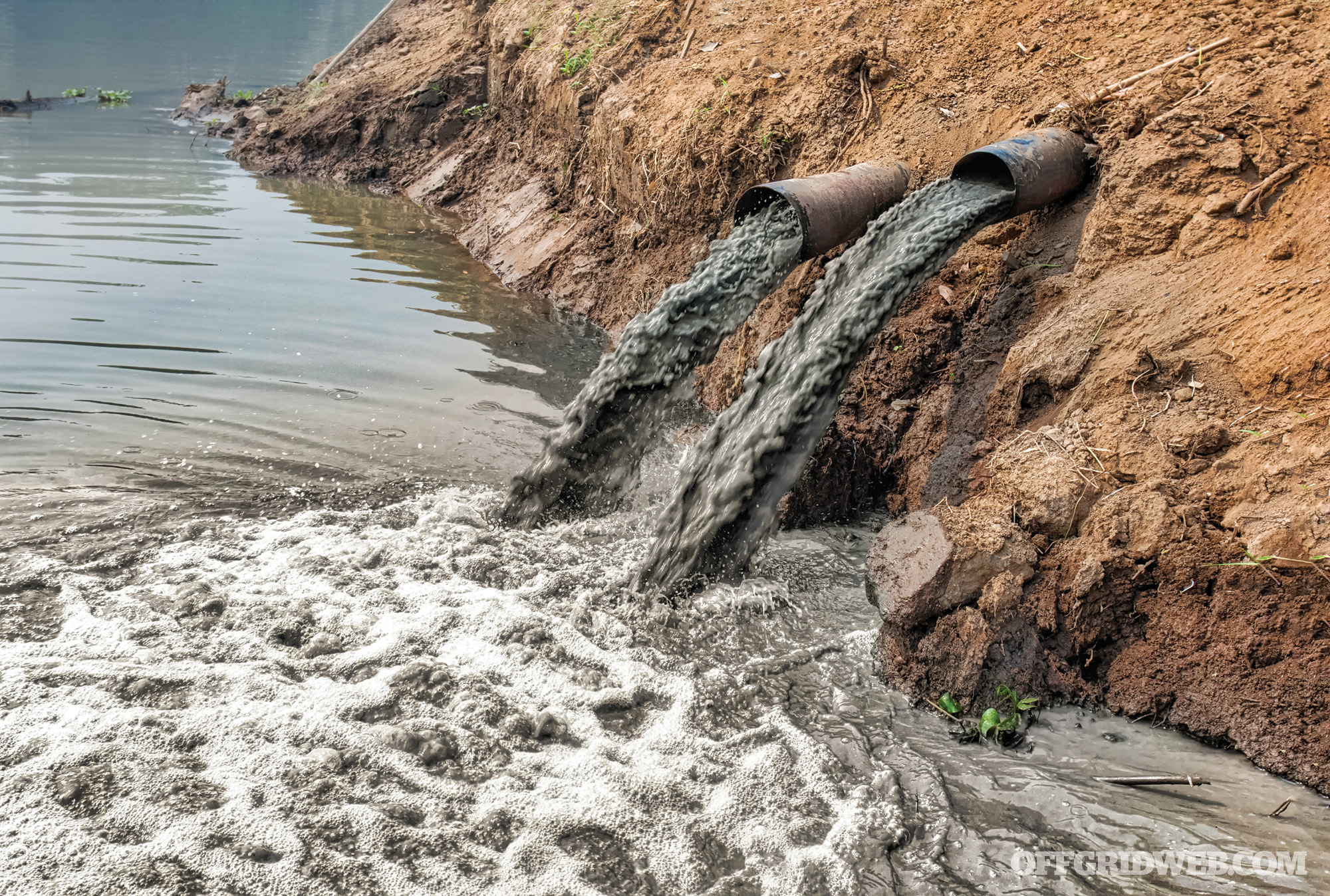
Waterborne illnesses don’t just affect those living in poverty-stricken developing nations. They’re a worldwide problem. In the United States, the microscopic parasite cryptosporidium affects close to 750,000 people annually, according to the Centers for Disease Control and Prevention. Other protozoan cysts, such as giardia, are common in lakes and streams — even those that look and smell clean. In urban areas, hurricanes and other natural disasters can cause widespread contamination when floodwater mixes with bacteria from sewage and garbage. Viral contaminants such as norovirus — the leading source of what we call “food poisoning” — are also easily spread through drinking water.
H2O to Go
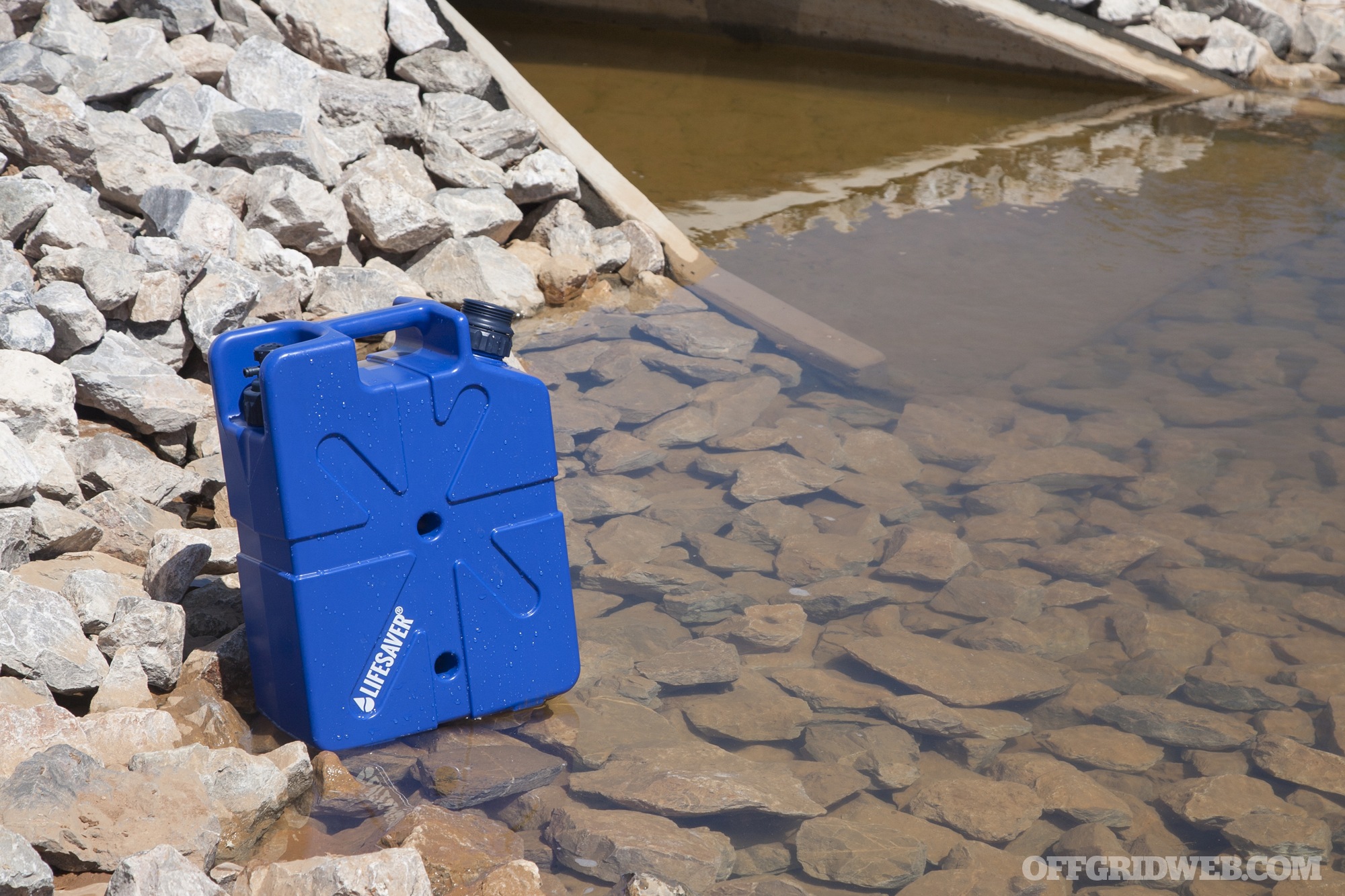
There are a variety of water purifiers that can help us avoid this myriad of malevolent microorganisms. However, most of these are designed for low-volume individual use. If all you need is a quick sip from a stream, a pocket-sized straw filter can be a convenient solution. Purifying enough clean water for your entire family — including drinking, washing hands, cleaning dishes, and other daily tasks — is a much more formidable task. In a group setting, you’ll also have to consider the potentially complicated logistics of storing, transporting, and distributing this water.
After witnessing the devastation caused by the Indian Ocean tsunami in 2004 and Hurricane Katrina in 2005, British inventor Michael Pritchard created a portable water purifier known as the LifeSaver Bottle. (For a full review of that product, see our H2O Hygiene buyer’s guide in Issue 15.) Knowing that the bottle’s 750-milliliter carrying capacity wasn’t ideal for larger groups, the company soon developed the LifeSaver Cube, which combines the same purification technology with storage for up to 5 liters of water. More recently, the design was expanded yet again to create the LifeSaver Jerrycan.
As its name indicates, the Jerrycan resembles a large fuel can, with a tough polymer body that can hold 18.5 liters (4.9 gallons). It’s designed for off-the-grid mobility, featuring an integrated carry handle as well as a pair of holes that can be used to mount it on vehicles.
LifeSaver Jerrycan 20000UF Specifications
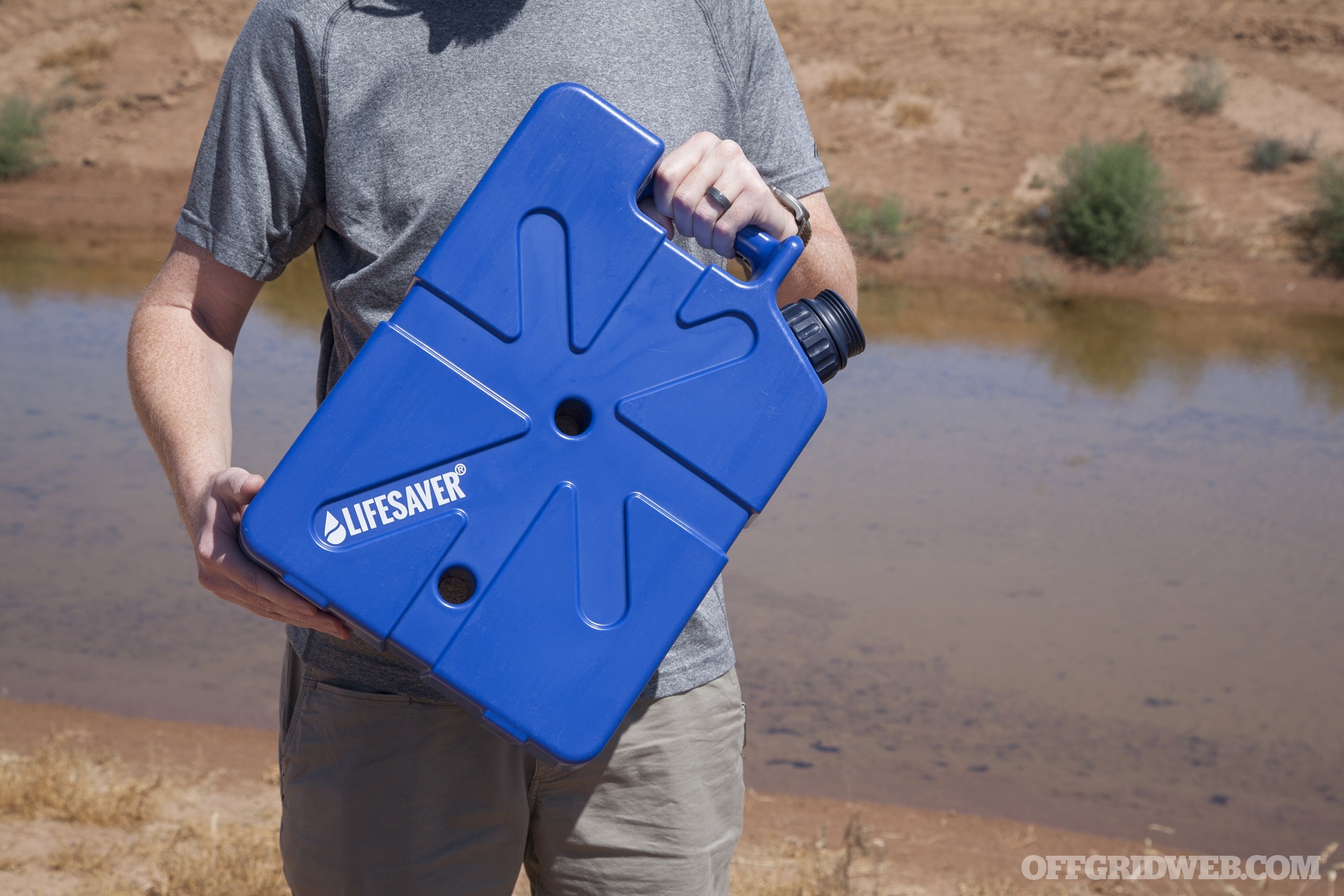
Colors
Blue, green, tan
Dimensions
18.5 by 13.3 by 6.8 inches
Dry Weight
8.8 pounds including shower attachment
Carrying Capacity
4.9 gallons (18.5 liters)
Filter Lifespan
Approximately 5,300 gallons (20,000 liters) dependent on water quality
Initial Flow Rate
1 gallon (4 liters) per minute
MSRP
$230 (plus $22 for shower attachment)
URL
iconlifesaver.com
How It Works
Operating the Jerrycan is simple enough that children can do it. Before using the purifier for the first time, it must be primed by filling the can with clean water, soaking the internal filter cartridge, and flushing out the system. Once the Jerrycan has been primed, it can be used according to the following steps:
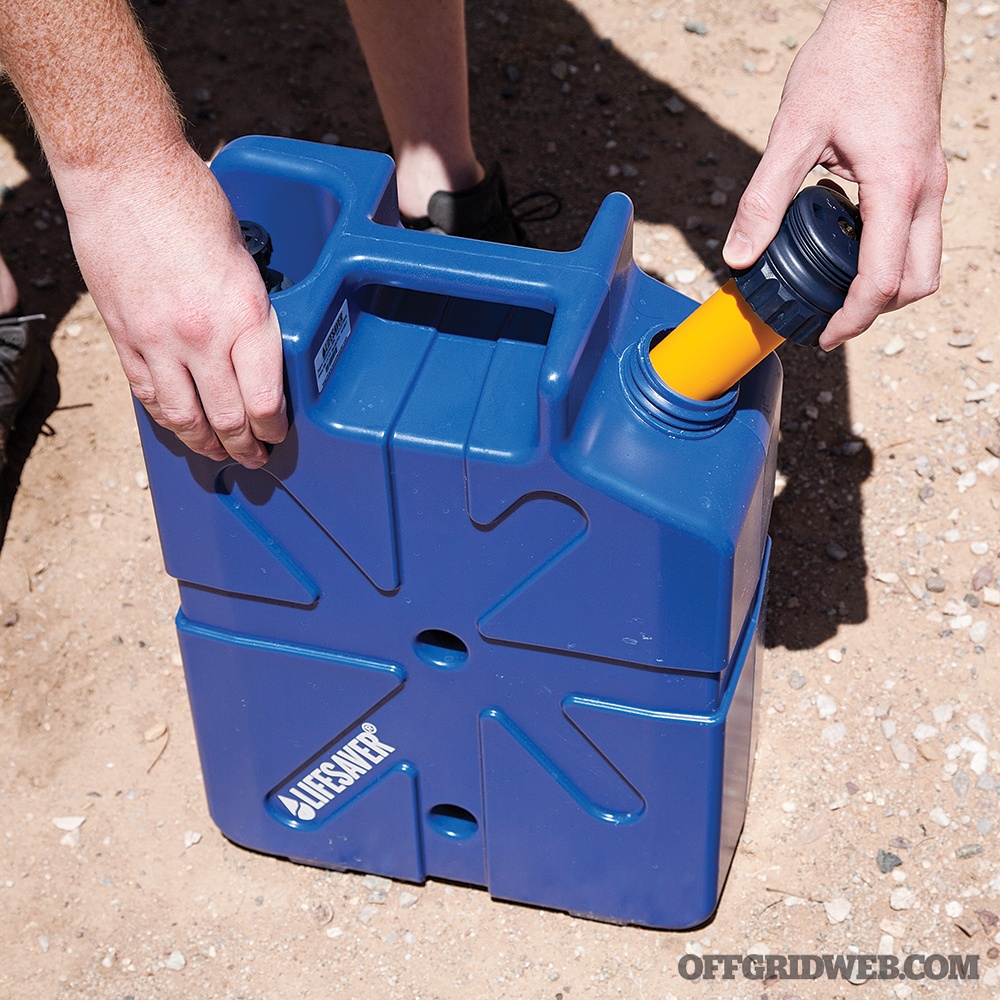
Step 1 – Unscrew the pump from the top of the can, and set it aside.
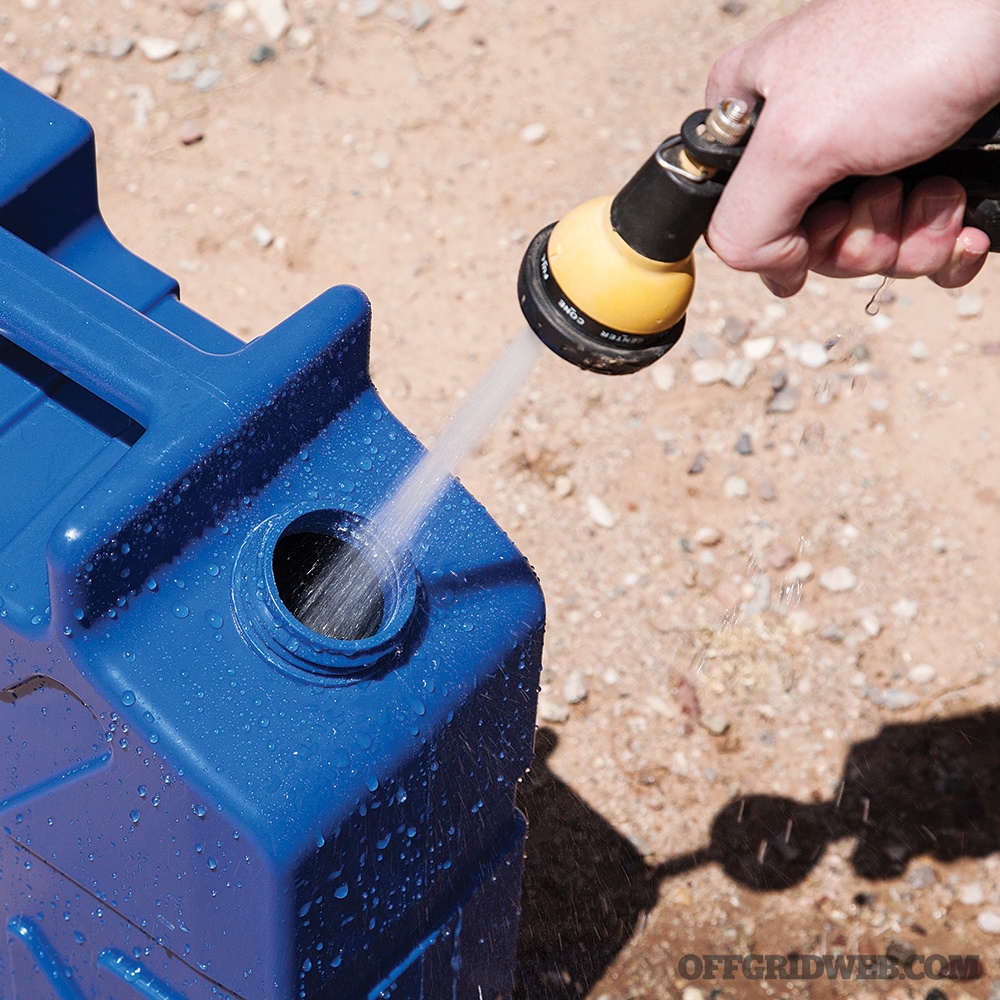
Step 2 – Fill the can with dirty water from a tap, hose, lake, or river. Don’t use saltwater or water that may have been contaminated by chemical runoff (we’ll explain why later).
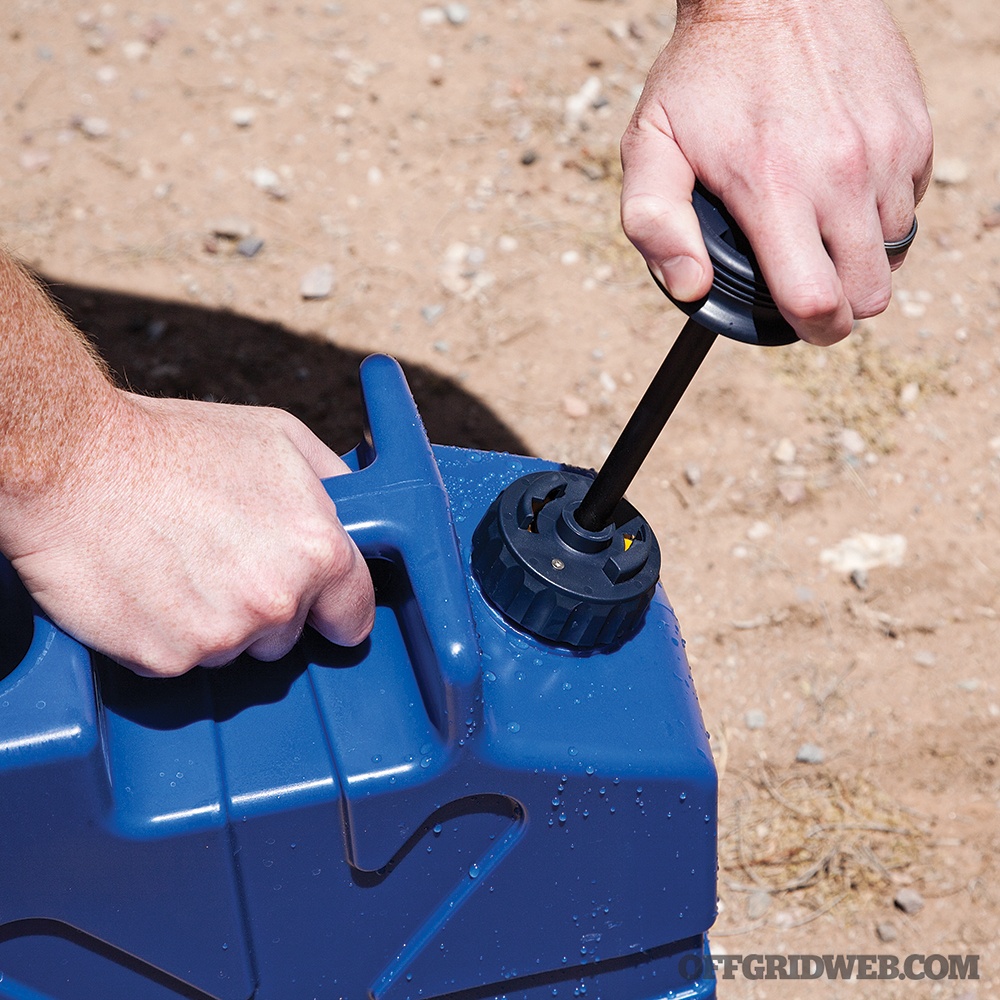
Step 3 – Replace the pump, and ensure the tap is closed. Then, pump the handle up and down 5 to 15 times to pressurize the Jerrycan.
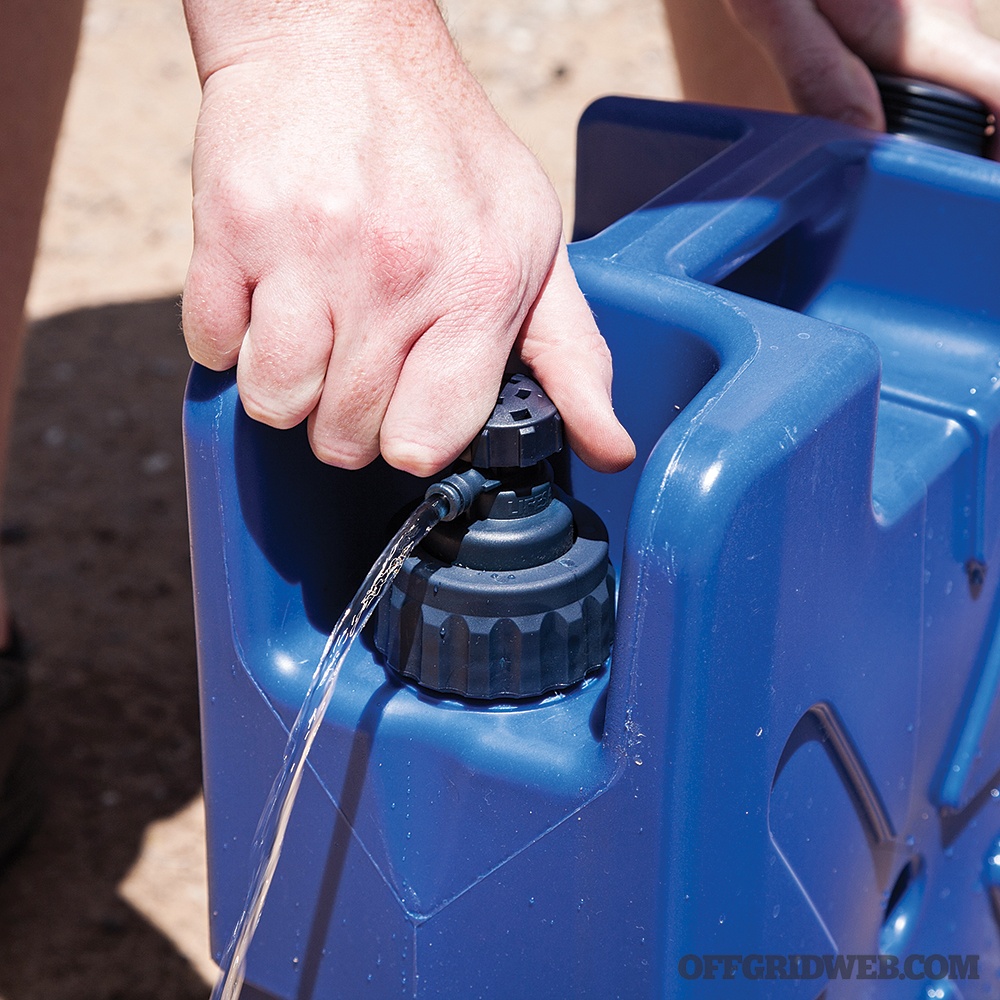
Step 4 – Turn the tap to the open position. Clean water will begin to flow out of the tap.

Step 5 – Pump the handle approximately once every 3 seconds to keep the water flowing.
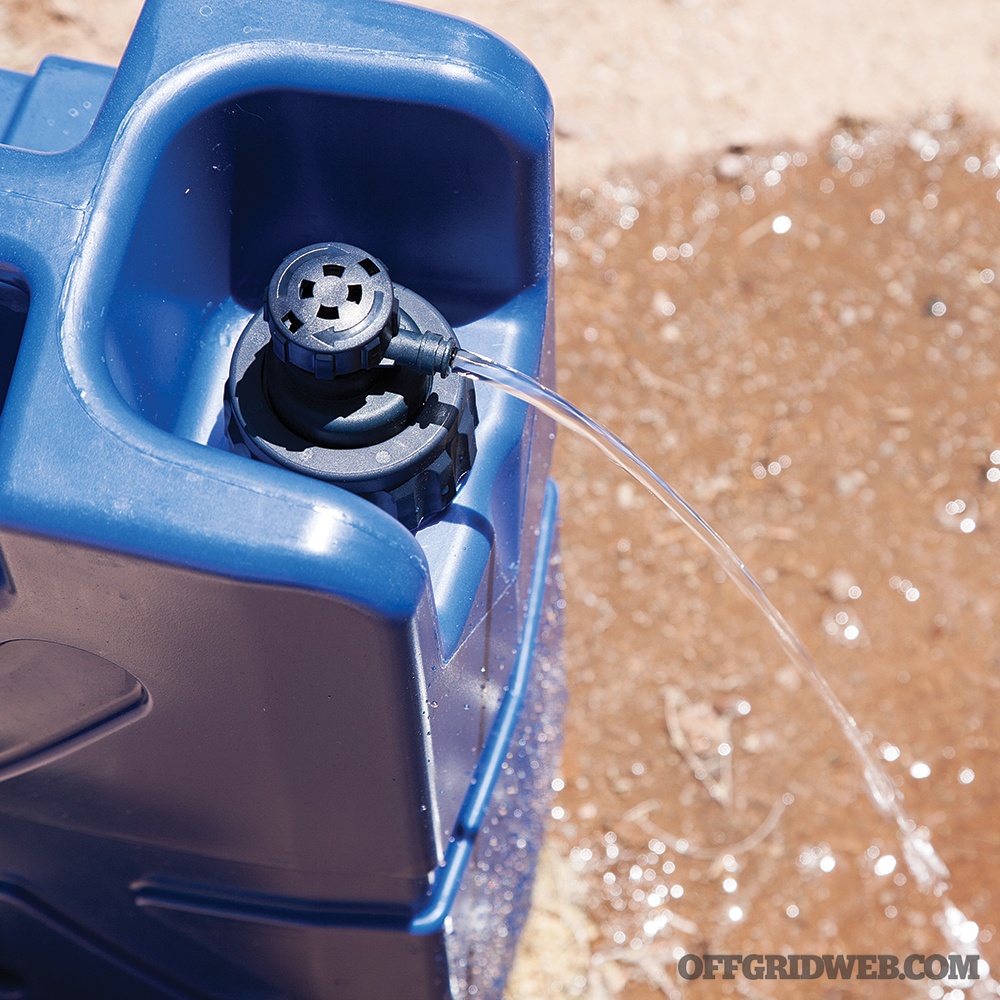
Step 6 – Close the tap to stop water flow. If no more water will be needed for an extended period, unscrew the pump slowly until pressure is released, then retighten.
The Technical Details
We shouldn’t have to explain why it’s unwise to go skydiving with a parachute you just bought on Craigslist, or undergo open-heart surgery by a back-alley doctor who tells you, “yeah, I totally went to med school; don’t worry about it.” Instead of assuming or hoping nothing will go wrong, you should always verify the effectiveness of anything your life may depend on. The same goes for water purifiers.
Every reputable water purifier manufacturer pays for independent laboratory testing to verify that its products meet or exceed the industry standards set by NSF International, and will provide proof of these results to customers. LifeSaver does both.
Specifically, the LifeSaver Jerrycan was tested and found to meet NSF Protocol 248 for Military Operations – Microbiological Water Purifiers, receiving a letter of compliance from the Department of Defense. At a minimum, the P248 standard requires:
- 99.9999-percent reduction of bacteria
- 99.99 percent reduction of protozoan cysts
- 99.9-percent reduction of viruses

Clockwise from left: LifeSaver Jerrycan, hose attachment, 20000UF filter, activated carbon disc.
While P248 is a military-oriented certification with additional requirements for design and structural integrity, its performance requirements match those of NSF P231, the general industry standard for microbiological purifiers based on the EPA’s recommendations. The filter cartridges were tested separately by BCS Laboratories to further verify their adherence to this standard.
LifeSaver also integrates optional, replaceable activated carbon discs to remove chlorine, unpleasant taste, and odor from purified water. However, like all micro-filtration devices, LifeSaver products can’t remove dissolved salts and chemical pollutants from water. If you need to safely process seawater, urine, or water laden with harmful chemicals, you’d need a far more complex and bulky desalinator, still, or reverse osmosis system.
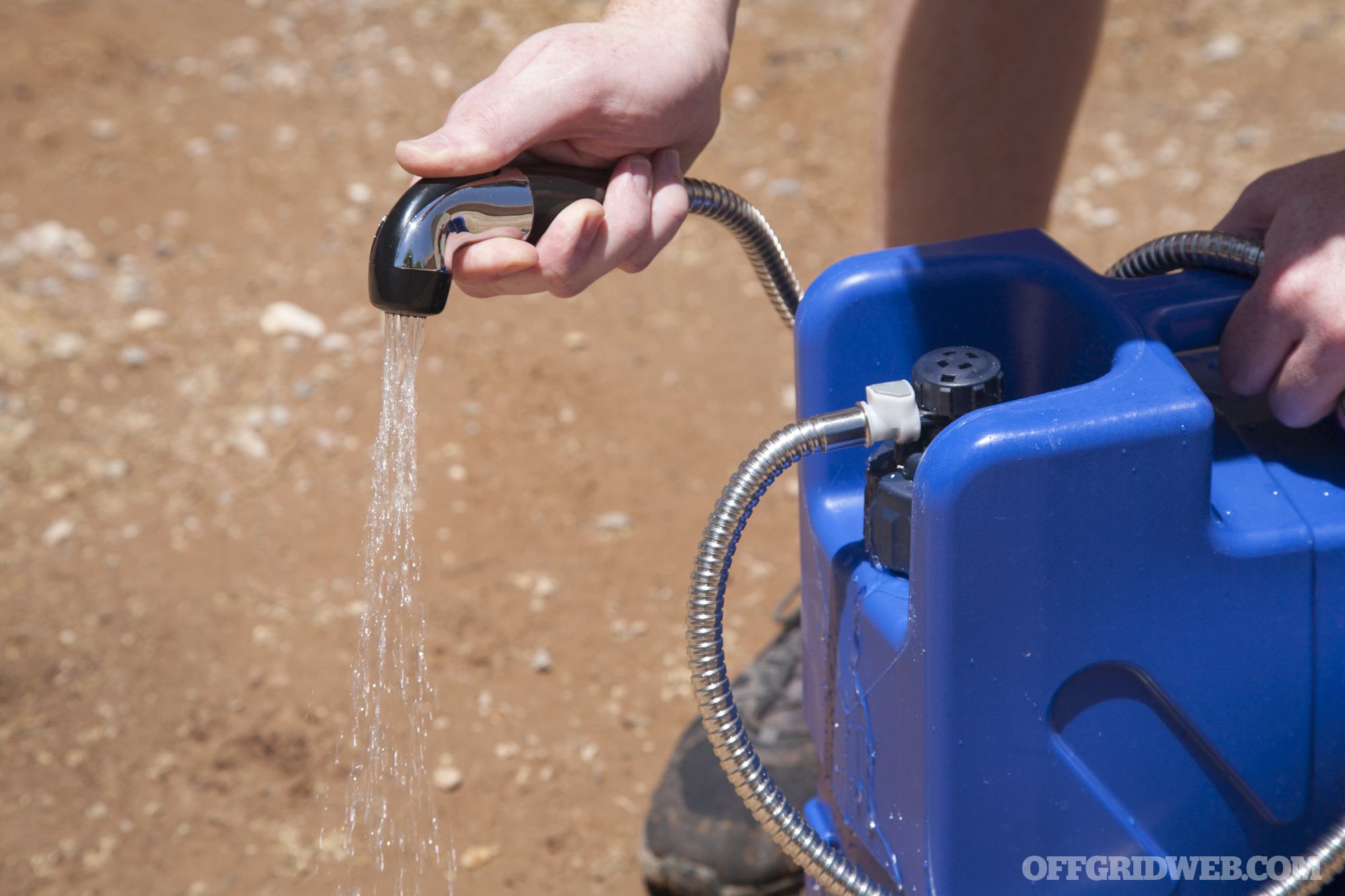
An optional shower attachment ($22) is also available, with a quick-disconnect fitting and O-ring seal that fit onto to the tap. The pressurized system can then be used to wash hands and dishes, or as a literal camp shower.
Long-Term Considerations
LifeSaver offers two Jerrycan models to choose from — 10000UF and 20000UF. These numbers indicate the lifespan of the filter cartridges, 10,000 liters (2,641 gallons) or 20,000 liters (5,283 gallons), respectively. We tested the latter. As you may expect, the lifespan will vary based on the type of water you’re filtering. If it’s extremely murky, turbid, or full of contaminants, the filter will clog more quickly.

Wisely, LifeSaver designs its filters with a Failsafe system, automatically stopping water flow before the filtration quality falls below acceptable NSF standards. This ensures the user doesn’t inadvertently consume water that hasn’t been adequately purified.
The Jerrycan is also a modular system, so the core components can all be replaced. Filter cartridges are $76 (10000UF) or $90 (20000UF), and can be bought sealed in foil with a 10-year shelf life for $10 more. A replacement pump is $40, a tap costs $13, and carbon filters are $25 for a five-pack. With a supply of replacement parts on hand, the Jerrycan will essentially last for as long as the can itself remains intact.
Our Impressions
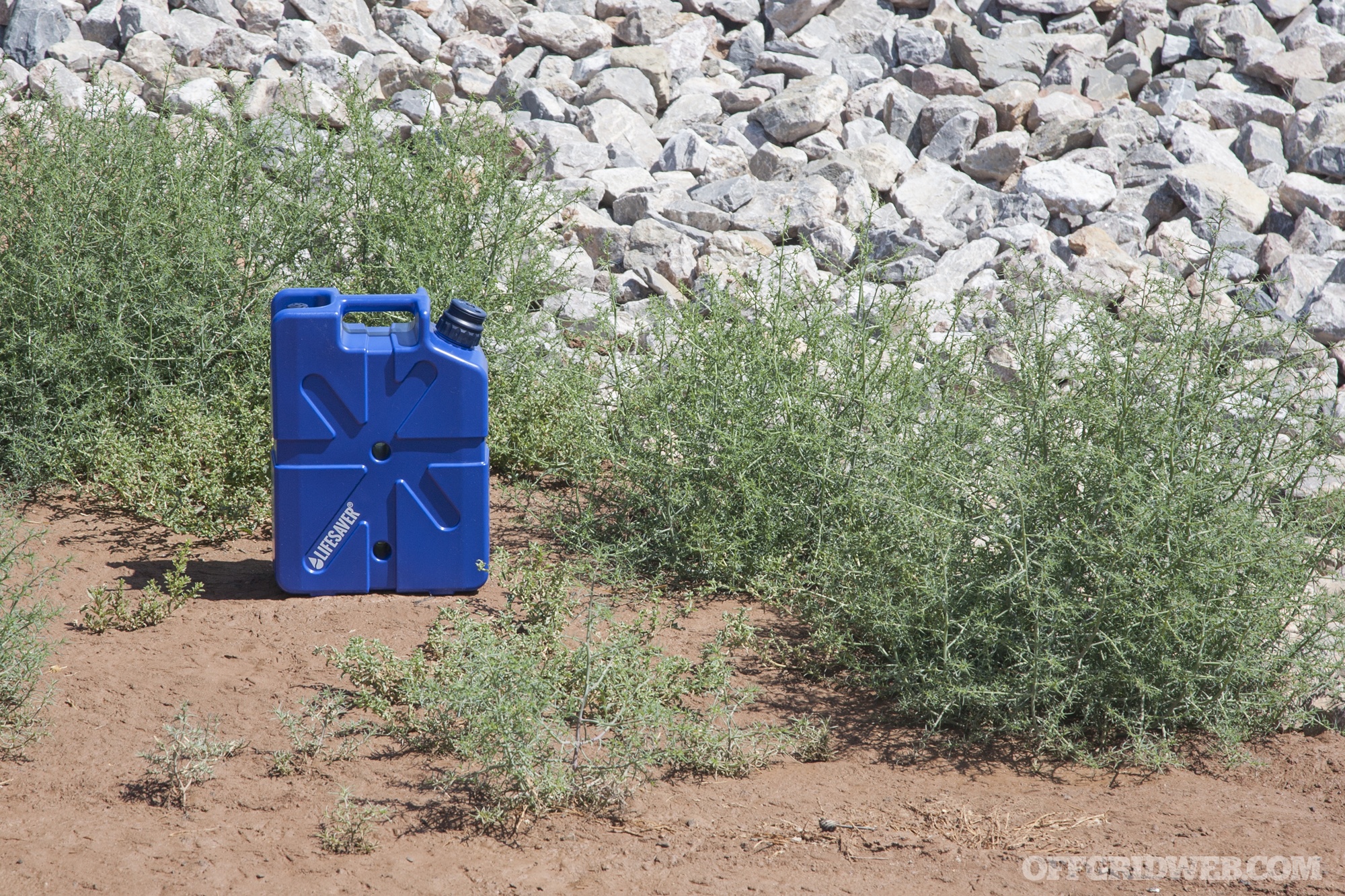
Although we lack the scientific equipment and time to independently quantify the Jerrycan’s ability to remove waterborne pathogens on a microscopic level, this has already been done repeatedly, as we previously established. Instead, we focused our testing on practical use.
After priming the Jerrycan according to instructions, we filled it with water from various sources, ranging from a residential hose bib to a cloudy, stagnant puddle in a drainage ditch. We then pumped and dispensed the water, noting dramatic improvements to color, smell, and taste. Let’s face it — no water purifier is going to turn disgusting pond water into Evian, but the Jerrycan greatly improved the palatability. More importantly, the filter ensures you won’t end up puking your guts out or dropping trou every 15 minutes for the next week.
The Jerrycan’s BPA/BPS-free polymer body feels thick, sturdy, and durable. Its exterior picked up cosmetic scuffs fairly easily, but more serious damage seems unlikely unless you drop it out of a moving vehicle. LifeSaver manufactures its products in the UK, and builds them to withstand long-term use by humanitarian groups in places like Sudan and Haiti, so the average prepper or overlander will barely scratch the surface of its capabilities — that’s a good thing for those who appreciate overbuilt gear.
Periodic maintenance is required to keep the Jerrycan flowing smoothly, but it’s relatively simple. In the field, it can be rinsed and swished to remove sediment buildup; in cleaner environments, components can be rinsed in a sink, soaked in warm water, and wiped with a clean, damp cloth.

One potential downside to the Jerrycan is that it requires a specific storage procedure between uses. After it has been used, it must be stored unpressurized in a cool place with at least 1 inch of water inside to prevent the filter from drying out. If storing for more than a month, the activated carbon disc must be discarded and replaced (if desired) before next use. The Jerrycan should never be used or stored above 122 degrees F (50 degrees C), or below freezing — the latter can permanently damage filter integrity.
Closing Thoughts
Whether you’re going on a camping trip with the whole family, preparing your home for a catastrophic natural disaster, or traveling to regions where Montezuma’s revenge is in full force, the LifeSaver Jerrycan is a worthy investment. It goes beyond a simple source of drinking water to become a complete basecamp water solution, and its robust durability and replaceable parts leave us confident it’ll last for decades.

